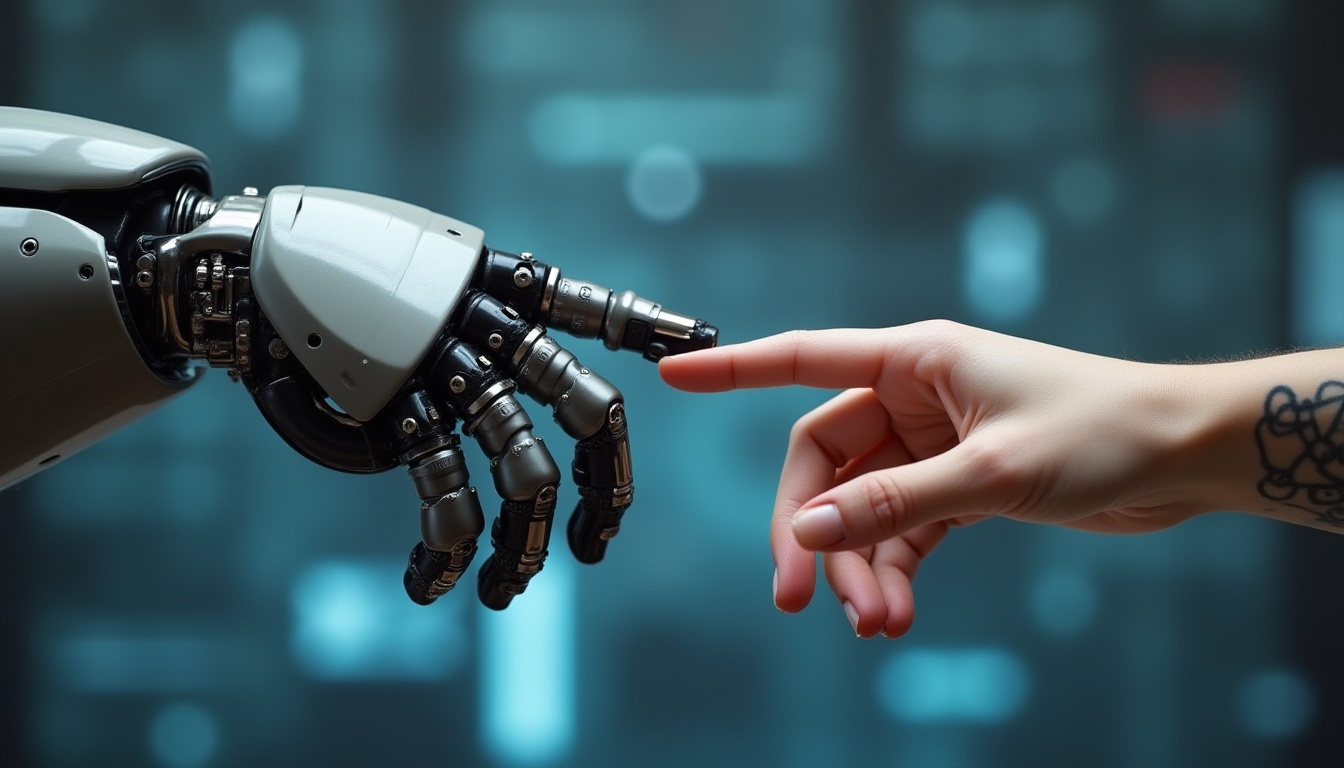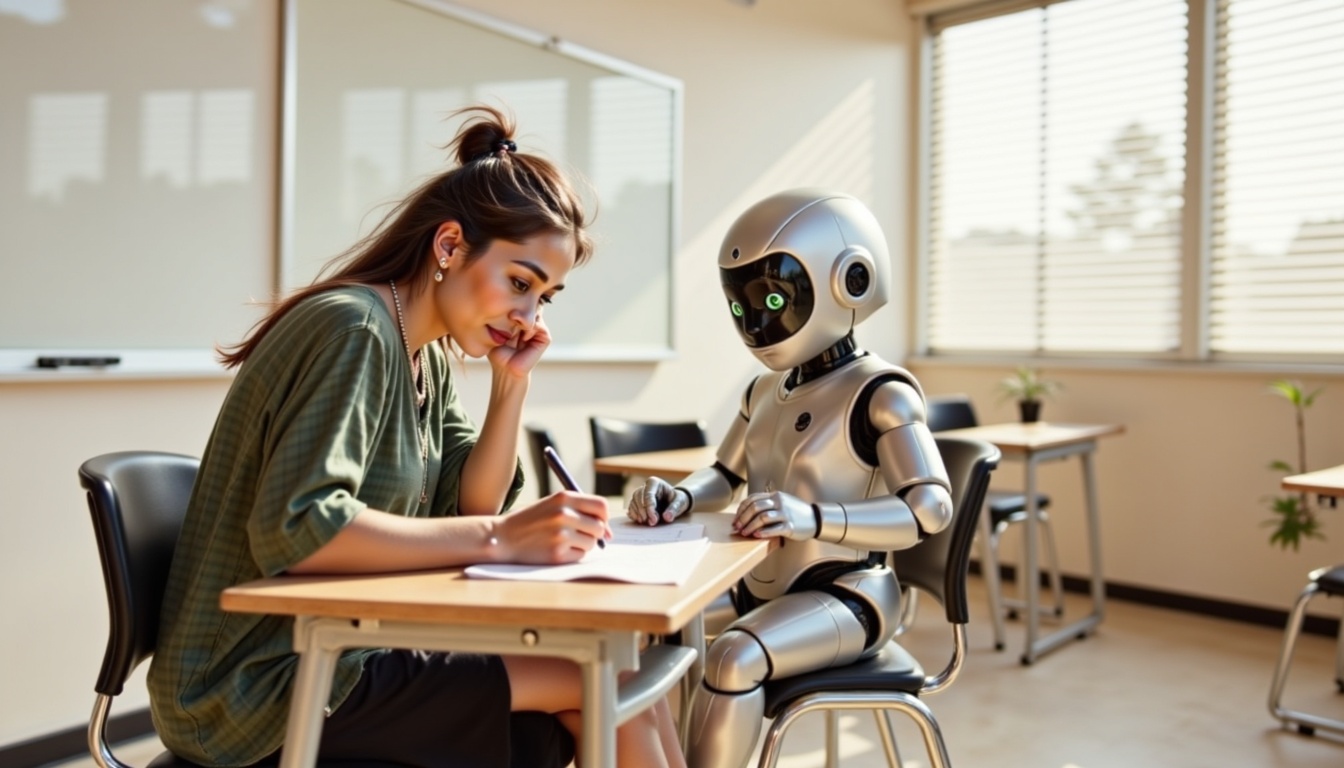In the ever-evolving world of artificial intelligence (AI) and robotics, Amazon has stepped up the game by developing an innovative robot equipped with an AI-powered sense of touch. This breakthrough isn’t just fascinating—it’s poised to transform how robots interact with objects and their environments, bridging the gap between robotic precision and human sensitivity.
How Does the Robot “Feel”?
Amazon’s latest robotic marvel integrates advanced tactile sensors driven by machine learning algorithms. These sensors replicate the human ability to perceive pressure, texture, and temperature, enabling the robot to interact delicately and accurately with its surroundings. This means it can handle objects ranging from fragile glassware to fresh produce, without causing damage.
By embedding machine learning within tactile sensors, the robot continually improves its touch sensitivity through repeated interactions, fine-tuning its responses based on accumulated experience—much like humans refine their skills through practice.
Impact on the AI Startup Ecosystem
This advancement doesn’t merely represent a technological leap; it creates significant ripple effects within the startup ecosystem focused on AI and robotics. By setting a new benchmark for sensory integration, Amazon encourages emerging startups to innovate further in tactile technologies and AI-driven sensor solutions. This ecosystem growth will likely lead to more intuitive and sophisticated robotic assistants capable of seamlessly collaborating with humans in diverse fields like healthcare, logistics, and even creative industries.
Practical Applications: More Than Just Convenience
The potential use cases for robots with refined tactile abilities are immense. Imagine automated warehouses where robots can sort items swiftly yet delicately, drastically reducing damage and increasing operational efficiency. In healthcare settings, robots could safely handle sensitive medical instruments or even assist in patient care, offering gentle, human-like interactions. Creative industries, including digital art and fashion, might employ such robots to handle delicate materials with an artisan’s finesse.
Moreover, as Amazon continues to invest heavily in automation for its vast logistics network, the integration of such robots could redefine industry standards, placing greater emphasis on precision, reliability, and customer satisfaction.
Ethical Considerations and Human Interaction
While these advancements promise significant benefits, they also spark important conversations around ethics and employment. As robots increasingly replicate human abilities, there’s an inevitable debate surrounding job displacement and the need for responsible innovation. Amazon’s development pushes us to rethink how humans and robots coexist in workspaces, underscoring the importance of upskilling human workers and creating symbiotic work environments.
FAQs
1. How does the AI-powered tactile system work?
The system employs advanced tactile sensors paired with machine learning algorithms to accurately perceive and respond to touch stimuli such as pressure, texture, and temperature.
2. What industries will benefit most from this technology?
Logistics, healthcare, and creative industries like fashion and digital art stand to benefit greatly from robots capable of nuanced tactile interactions.
3. Could this technology negatively impact employment?
There are valid concerns about job displacement. However, the key lies in responsible innovation and workforce retraining to foster environments where robots complement rather than replace human labor.
Conclusion
Amazon’s AI-powered tactile robot represents more than just a technological novelty—it signifies a pivotal step toward sophisticated, human-like robotic interactions. This innovation could reshape industries, inspire startup innovation, and challenge us to navigate the complex dynamics between humans and machines in the workplace.

 Riesgos ocultos al usar IA en empresas
Riesgos ocultos al usar IA en empresas